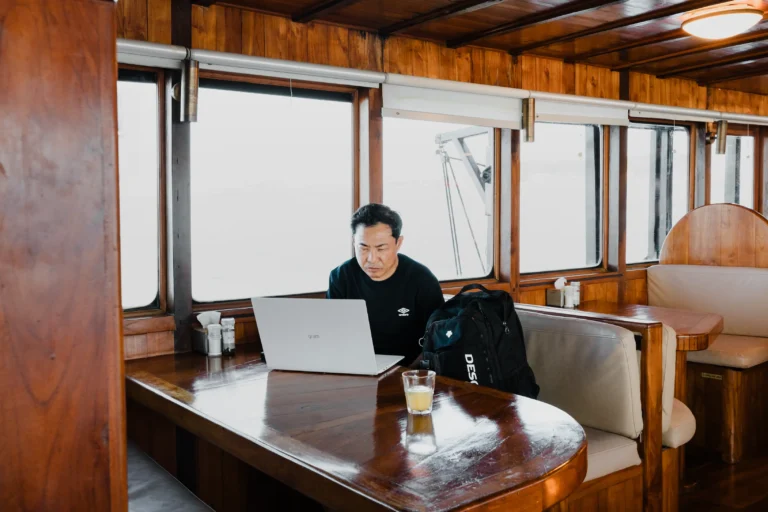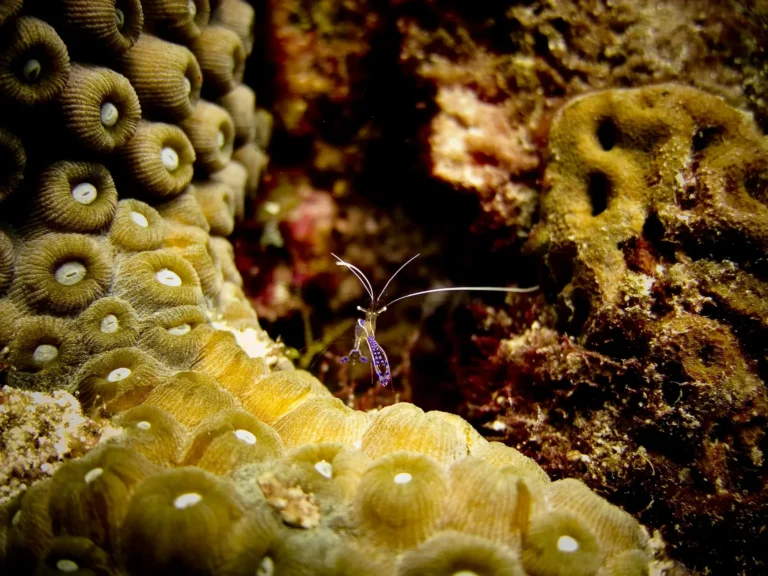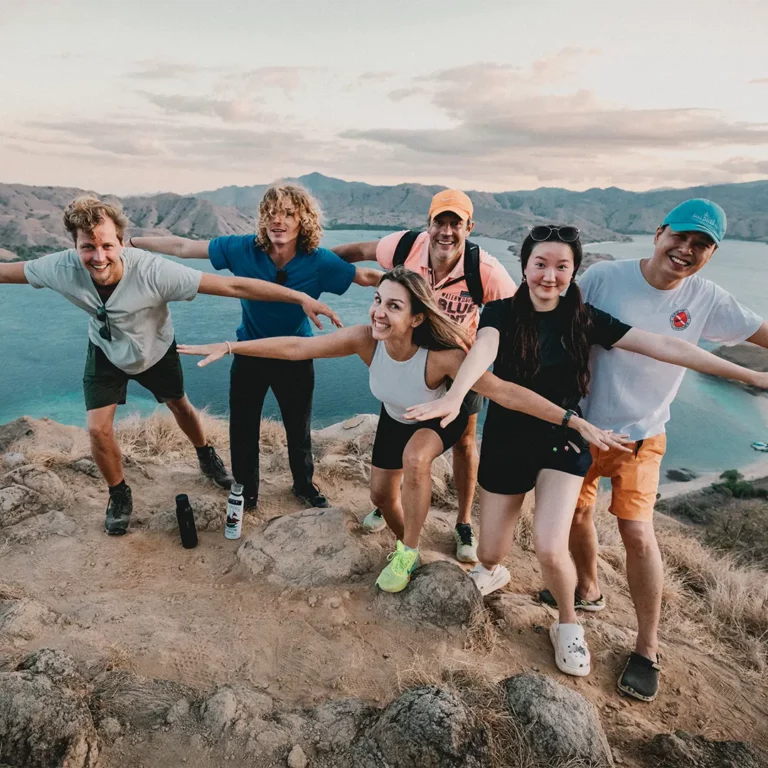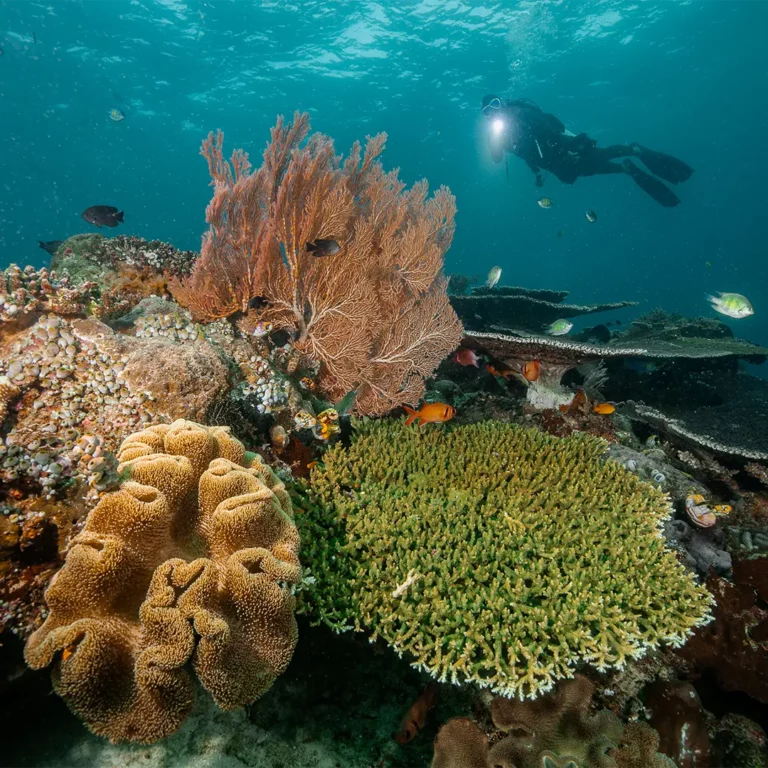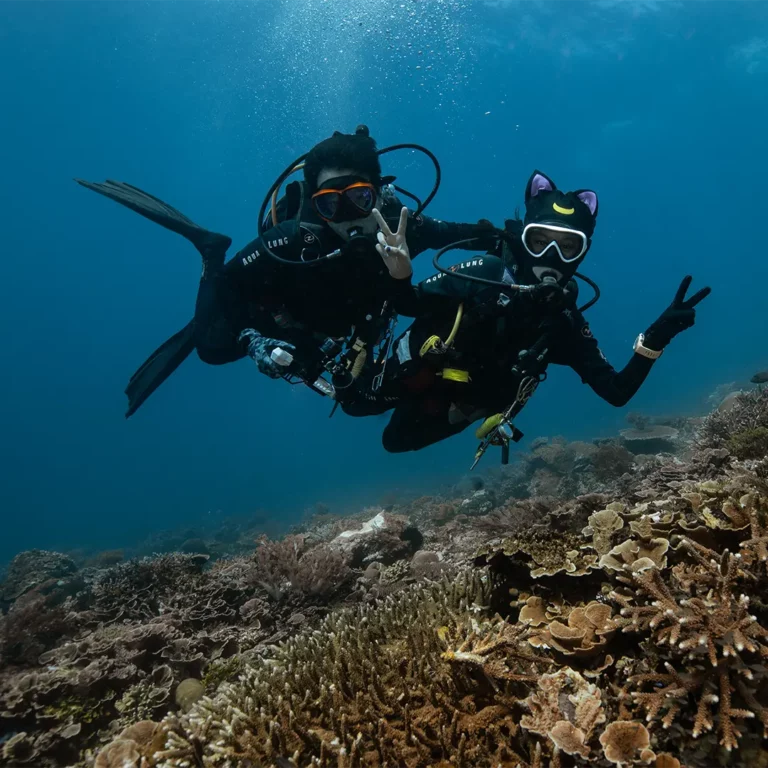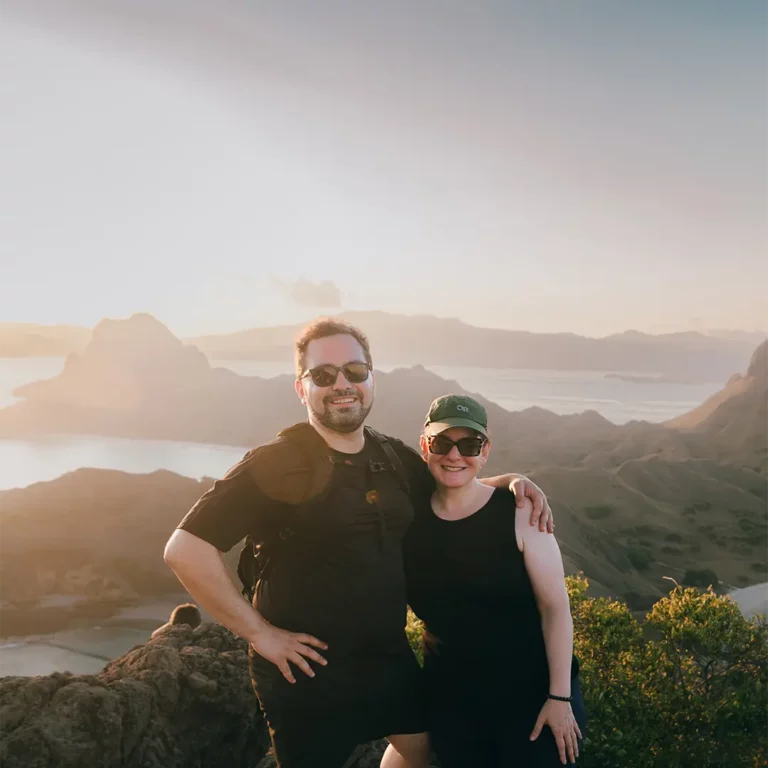Have you ever heard of the amazing phenomenon known as coral spawning? This article explains what coral spawning is, where it occurs globally, and why protecting the reef is so important. This article will introduce you to a fascinating and important part of our planet’s ecosystem, whether you’re a diver, an environmentalist, or just interested in the undersea world.
What is Coral Spawning?
A fascinating biological event known as “corral spawning” occurs when various coral species simultaneously release their eggs and sperm into the water. This massive reproductive event, which involves several coral species, typically occurs once a year.
Typically, spawning coral is dependent on a precise combination of daylight hours, moon cycles, and water temperature. During the warm months, after sunset, and a few days after a full moon, spawning occurs more frequently. It is during this period that the offspring will have the best chance of surviving because predators are less active.
Certain events, such as moonlight wavelengths, particular water temperatures, and chemical signals between corals, can all act as spawning triggers. Certain corals can even spawn simultaneously and across great distances.
Coral species belonging to the families Mussidae, Faviidae, and Acroporidae are among those found during a coral spawning event. The simultaneous introduction of several species can boost genetic diversity and cross-fertilization in coral populations.
While it happens in many coral reefs worldwide, coral spawning does not take place at the same time. This is because the precise environmental cues that set off the event can differ based on the location and local circumstances.
Coral Spawning’s Enchantment
The visually stunning phenomenon of coral spawning is a magical spectacle that captivates scuba divers who are lucky enough to witness it. The process of coral spawning, sometimes called an “underwater snowstorm,” turns the sea into a breathtaking dance of life.
Millions of microscopic eggs and sperm are released into the water by corals when they release their gametes, or reproductive cells, and drift and swirl in the currents. Delicate, pink and white bundles appear in the water, each symbolising the possibility of new life. Under a moonlit sky, these bundles rise to the surface of the water and form ethereal clouds that glow.
A remarkable sight that very few people have seen, the corals suddenly release their reproductive cells in the stillness of the night while they are in perfect rhythm with one another. The sight of the gametes softly floating through the water is one of extreme fragility and beauty.
The visual display can be enhanced by the different colors of gametes produced by different coral species. Not only is the event fascinating, but it is also essential to the coral reef’s survival and upkeep. It’s as if you’re looking into one of the most private and enchanting moments in nature when you watch coral spawning.
I myself have been lucky enough to witness this on a night dive at the Arborek Jetty dive site in Raja Ampat. During the bright moonlit nightdive, I approached a large column reef covered in coral. The spawning activity gave off the impression of smoke coming out of many chimneys around the column. It was a true spectacle to see, and it is still one of my best dive memories.
The Importance of Coral Spawning
Large-scale coral spawning is essential to the survival, resilience, reproduction, and biodiversity of coral reefs, as it forms the basis of these vital ecosystems.
It’s critical for coral reefs
The spawning of coral is crucial to the survival and expansion of coral reefs. Corals release millions of gametes into open water simultaneously, increasing the likelihood of successful fertilisation. Following fertilisation, these gametes develop into larvae, which eventually land on an appropriate substrate and grow into new coral polyps. Even in the midst of the vast ocean, gametes will meet and create new life thanks to this enormous reproductive event. The survival of many coral species would be in danger if this coordinated reproduction mechanism disappeared.
ALSO READ : Symbiotic Relationships: 8 Incredible Underwater Symbiotic Relationships
It brings diversity to coral
The contribution that coral spawning makes to the genetic diversity of coral populations is among its most remarkable features. When different coral species release their gametes simultaneously, cross-fertilization between them can occur. The population’s genetic diversity rises as a result of this gene mixing, which creates novel genetic material combinations.
Coral reef resilience depends heavily on genetic diversity, especially when it comes to coping with environmental stresses and changes like pollution, disease, and climate change. Coral with traits that enable them to overcome these obstacles are more likely to live in an environment with a wider genetic diversity. Because of its buffering effect, diversity enables the population to adapt to changing environmental conditions and thrive.
Responsible Scuba Diving During Coral Spawning
Because corals are fragile, safe diving practises are necessary to guarantee that coral spawning proceeds uninterrupted. Corals are particularly delicate when they are spawning. Unwanted disturbance or physical contact may cause stress to these organisms, which could hinder their ability to properly release gametes and harm coral reefs that will grow in the future.
Responsible diving practises during coral spawning include the following:
Avoid Making Physical Contact
Physical damage can be caused by touching or brushing against corals. Divers must maintain a safe distance and good buoyancy.
Educate Yourself
A more mindful relationship with the marine environment is encouraged by an understanding of the significance of coral spawning and the sensitivity of the corals during this time.
Divers can maintain the global health of coral reefs by following responsible diving procedures. Seeing the coral spawning process is more than just a beautiful sight; it’s a chance to interact with the natural world in a way that helps it thrive.
Follow Local Guidelines
In spawning areas, dive operators are experienced with timing and best practises. Minimizing disturbance is ensured by adhering to their guidelines.
Minimise Light Pollution
The spawning signals of coral may be disrupted by excessive artificial lighting. Handle lights with caution.
Know the Timing
Find out the exact time and place of spawning events so that you can be there when it matters most. Get precise information by speaking with nearby dive operators.
Capturing Coral Spawning Through Photography
Capturing the glittering splendour of coral spawning is a thrilling yet challenging endeavour. Underwater photographers need to be aware of the delicate environment in order to take beautiful pictures. Here are a few pointers and strategies to get you there:
ALSO READ : The Best Time to Dive Raja Ampat
Be Ethical and Respectful
Prioritise the health of the coral over getting the perfect picture. Observe local laws and ethical diving protocols.
When underwater photographers combine technical prowess, artistic vision, and environmental responsibility, they can produce stunning photographs of coral spawning. These images support research in addition to capturing a moment in time.
Use Appropriate Gear
Take into consideration using macro lenses and underwater camera housing to capture close-up details without disturbing the corals.
Consider Your Lighting
To bring out the subtleties and colours, the right lighting is essential, but it’s also important to avoid overly bright lighting that could disturb the corals. If at all possible, use low-angle lighting methods and a diffuser.
Capture Different Perspectives
To show the magnitude of the event and to capture the minute details, experiment with different compositions and angles. Wide-angle shots are a good starting point.


